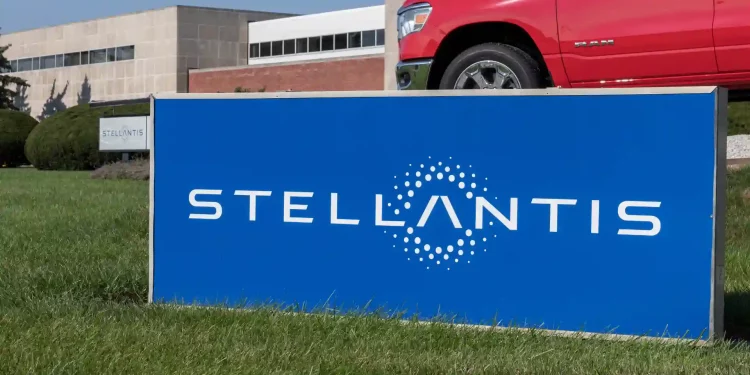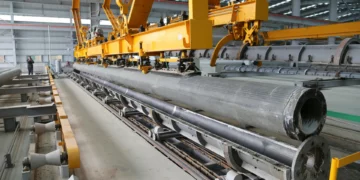Chief Executive Officer of Stellantis, Carlos Tavares has said that he expects India to be a profitable market, and presents a bigger growth opportunity than previously expected. This statement comes amid challenges faced by the car manufacturer in Russia and China.
In India, Stellantis sells its Citroen and Jeep brands, which make up just a fraction of global sales for the car manufacturer. However, Tavares said that he expected revenues in India to double by the year 2030, with operating profit margins expected to be in double digits within the next two years.
For many years, Western car manufacturers have had a hard time turning a profit in India, a country largely dominated by small-car manufacturers Suzuki Motor and Hyundai Motor.
At a virtual media roundtable, Tavares said that being profitable in India was possible if things were done the Indian way.
According to Tavares, this strategy includes locally sourcing parts and vertically integrating the supply chain to keep costs at a minimum. In addition, engineering cars with local tastes and budgets in mind were the key, said Tavares.
Stellantis was formed in the beginning of 2021 as a result of a merger between France’s PSA and Fit Chrysler. In march, it outlined a new strategy from the group to boost revenues and profit margins as part of increased efforts to roll out electric vehicles.
The company has focused on India at a time when it is battling competition and lagging sales in China, and in Russia, where it suspended operations due to the war in Ukraine.
Stellantis plans for India
Tavares mentioned that the challenges faced by the company presented India with a bigger opportunity than in the past.
Central to its plan for India, is its smart car platform program developed in the country to enable it to launch small, gasoline powered cars which are less than four meters in length. Small cars are taxed at lower rates, which make them more affordable, said Tavares.
The company plans to launch electric versions of its small cars by the beginning of next year, he said.
For most global manufacturers, making and selling small cars in India has been an insurmountable challenge. Manufacturers who invested and attempted to manufacture and sell small cars in the country include Ford and General Motors, both of whom have since exited India.
But Tavares is confident of Stellantis’ approach — before building cars, it has strengthened its supply chain.
Stellantis manufactures its powertrains and gearboxes locally and sources more than 90 percent of the vehicle’s components in India. Its engine plant in southern India is a global benchmark on cost and quality and it plans to do the same at its two car plants, where it manufactures Jeep SUVs and Citroen cars, mentioned Tavares.
Stellantis has invested over one billion euros (USD1.05 billion) in its Indian operations since 2015.
The company also intends to source batteries and cells from India when the supply chain permits, Tavares added, saying that would be the only way to build affordable electric vehicles in the country.
Stellantis has less than 1 percent of India’s car market of 3 million units a year but Tavares said he is not chasing volumes in India or globally.

















